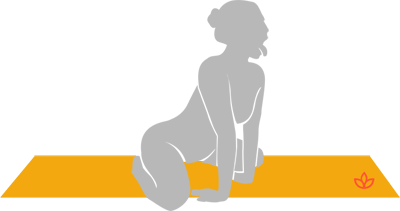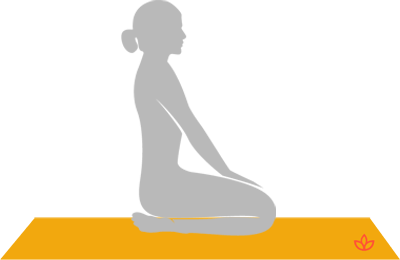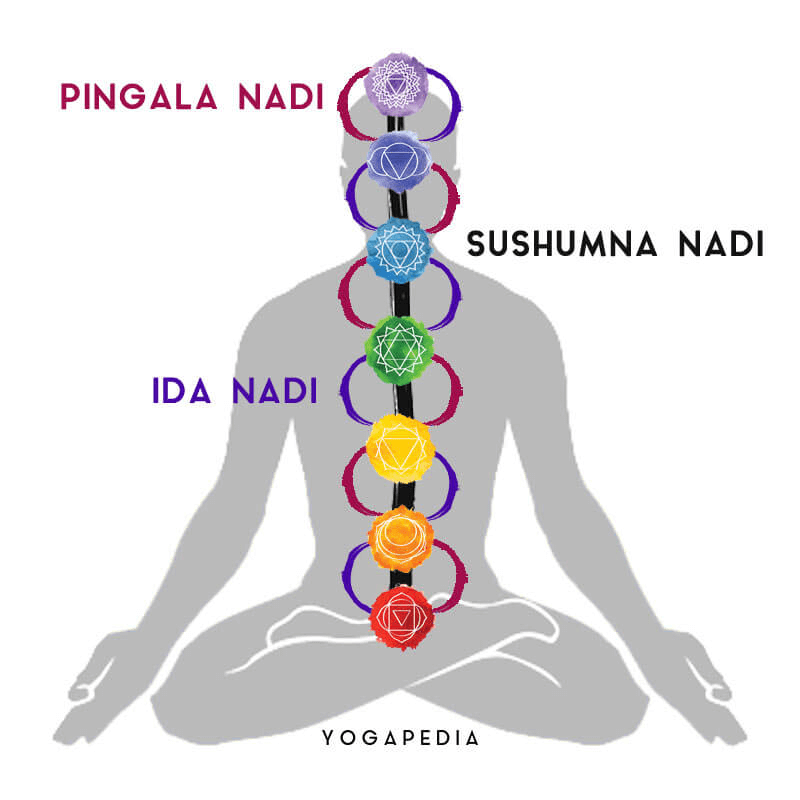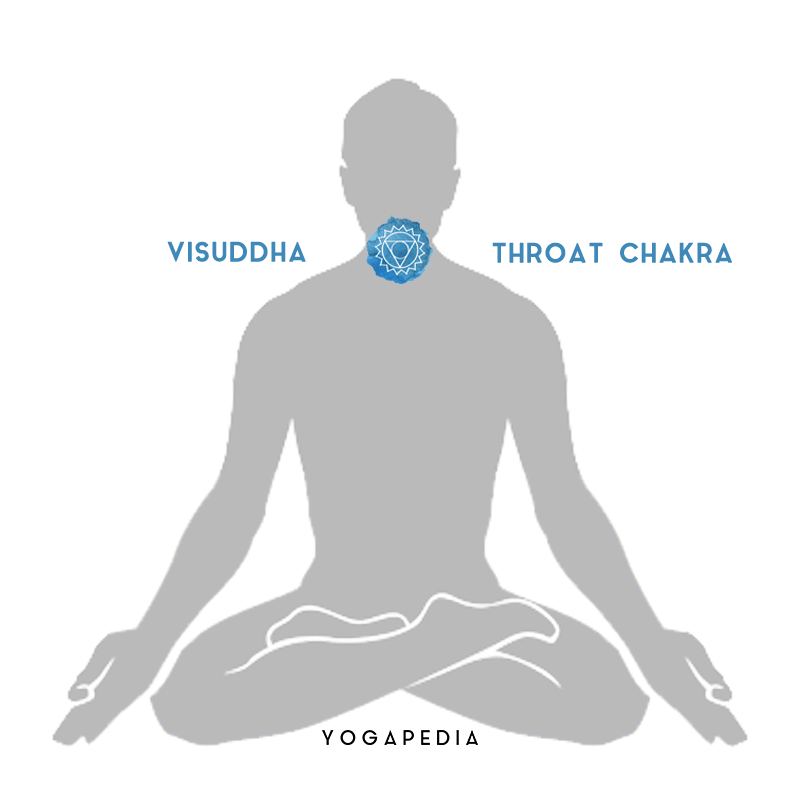Editor's Note: This article was originally published December 3, 2016. It has been updated and republished August, 2020.
Chances are you've practiced lion's breath in one yoga practice or another. It's a powerful pranayama or breathing technique that helps to release stress and tension. Lion's breath is practiced most commonly in lion pose, or simhasana.

Simha means “lion” in Sanskrit and, according to B.K.S. Iyengar, it is dedicated to the man-lion incarnation of Lord Vishnu.
Practicing simhasana and its accompanying lion’s breath is a great way to scare off your inner demons and inject some humor into your yoga practice.
Lion’s breath can be done in any asana by beginner and advanced yogis alike. Although it is traditionally done in tandem with it’s namesake pose, it is also commonly practiced seated in vajrasana (thunderbolt pose). On days when I need a little extra boost, I'll do lion’s breath in downward-facing dog to blow off steam.
How to Do Lion’s Breath
- Start by coming into vajrasana by sitting on your heels with the top of the feet on the ground and the sit bones resting on the heels.
- Bring the hands to the knees, palms facing down, and spread your fingers wide, keeping your middle finger pointed straight ahead.

- Check in with your upper body making sure that your head, neck and torso are extending in a straight line.
- Engaging mula bandha and uddiyana bandha, lift yourself up off your heels a couple of inches.
- Then, lean your torso forward and straighten your arms. Make sure you are mindful not to lock your elbows once your arms are straight.
- Bring your drishti (gaze) to your third eye (the center between your eyebrows).
- As you open your mouth wide, stick out your tongue as far as it will go toward your chin.
- Now exhale strongly while making the sound of a fierce roaring lion.
- Don’t be shy! Let your inner lion roar and watch as negative thoughts and emotions run for their lives!
ReadL: The Power of Breath: An Introduction to Pranayama
The Benefits of Lion’s Breath
There are many benefits associated with practicing simhasana and lion’s breath:
- It can free us from negative emotions allowing us to feel more grounded and centered.
- It is a powerful energizing breath that awakens the body and calms the mind, helping to expel pent-up anger, frustration and stagnant physical energy.
- It helps us invoke a fiercely courageous attitude, and face our lives with a renewed sense of pride, dignity and bravery.
It Clears Energy Blockages
In one of the most definitive texts on Hatha yoga, the ancient "Hatha Yoga Pradipika," it is stated that simhasana, along with siddhasana, padmasana and bhadrasana, are the most important seated asanas to master. This is because these four asanas are key to accessing the subtle body and pranic pathways in the body by clearing energy blockages in the nadis.

The nadis are a network of thousands of energetic pathways in the subtle body through which life force flows. Simhasana in particular helps yogis access the three bandhas: (or energetic locks): mula bandha, uddiyana bandha and jalandara bandha.
These bandhas are important because they work as pranic gateways to control the flow of life force energy through the nadis. Clearing away energetic blockages by learning to regulate the movement of prana through the bandhas is a powerful way to bring about health, restore inner balance and, according to some, develop yogic powers (or siddhis).
One of the ultimate goals of the Hatha yoga tradition is to awaken kundalini shakti, which normally lies dormant at the base of the spine. Awakening this kundalini energy leads to ultimate liberation, but in order to achieve this liberation, yogis need to learn to focus and control the movement of prana.
Read: Kundalini Shakti: The Meaning of the Sleeping Serpent
It Stimulates the Throat Chakra
Simhasana stimulates the throat chakra (visuddha), which is the center of communication and self-expression. Activating the throat chakra encourages the movement of prana in the kurma nadi. This nadi originates at the muladhara region at the base of the body and travels up into the base of the throat.

The kurma nadi helps to regulate feelings of groundedness and stillness. Lion’s breath clears out any pranic blockages, freeing prana to flow unobstructed through the kurma nadi. This action leaves us feeling deeply centered in our body and helps quiet the chatter of the monkey mind. It also dispels negativity and clears emotional blockages.
Read: Balancing Visuddha: How to Realign Your Throat Chakra
It Relaxes Facial Muscles
On a physiological level, simhasana works to relax our facial muscles, from our throat, nose, eyes and ears. It engages the platysma muscle, a thin broad band of muscles that runs from the top of the chest over the collarbones and up to the top of the chin.
It tones the face and neck, making it an excellent anti-aging asana! Engaging the platysma also works to strengthen our vocal chords and by increasing circulation to the throat region, it helps us to develop a rich sonorous voice. Some yogis also claim that it cleans the tongue and can clear the breath.
Unleashing Your Inner Lion
As you can see, lion’s breath is an incredibly effective breathing technique for energizing your yoga practice. I recommend it anytime you’re feeling down, have low energy or are feeling overwhelmed by the pressures of modern-day life. It’s a great way to liven up your practice and bring a smile to your face.
So go ahead, what are you waiting for? Unleash your inner lion!
During These Times of Stress and Uncertainty Your Doshas May Be Unbalanced.
To help you bring attention to your doshas and to identify what your predominant dosha is, we created the following quiz.
Try not to stress over every question, but simply answer based off your intuition. After all, you know yourself better than anyone else.